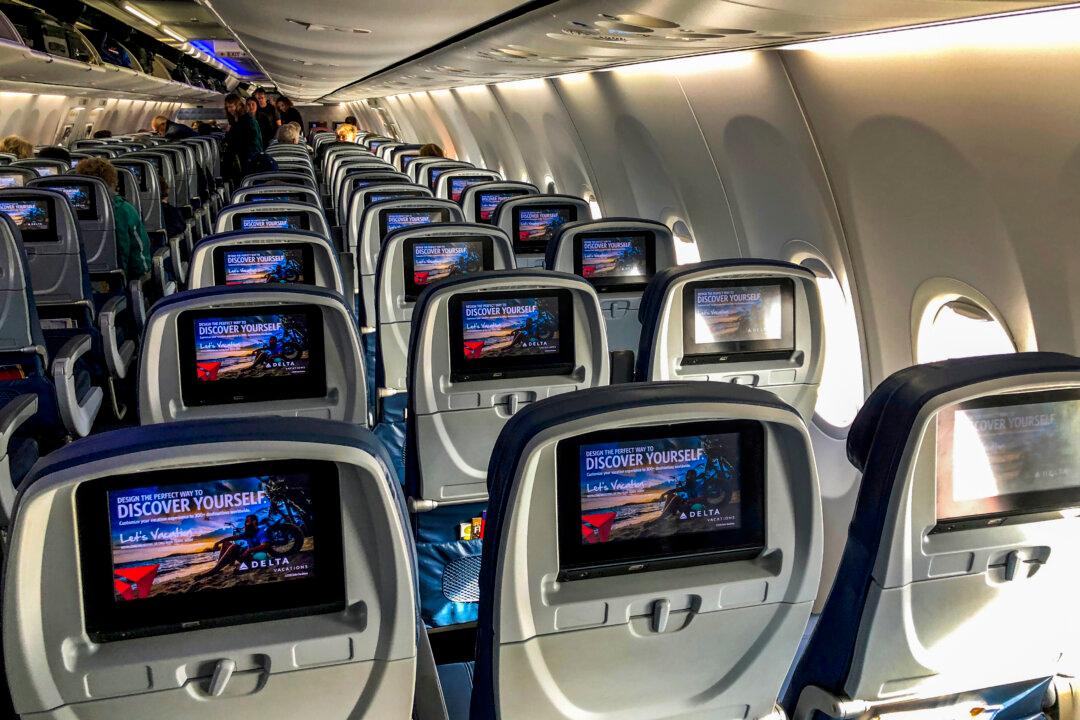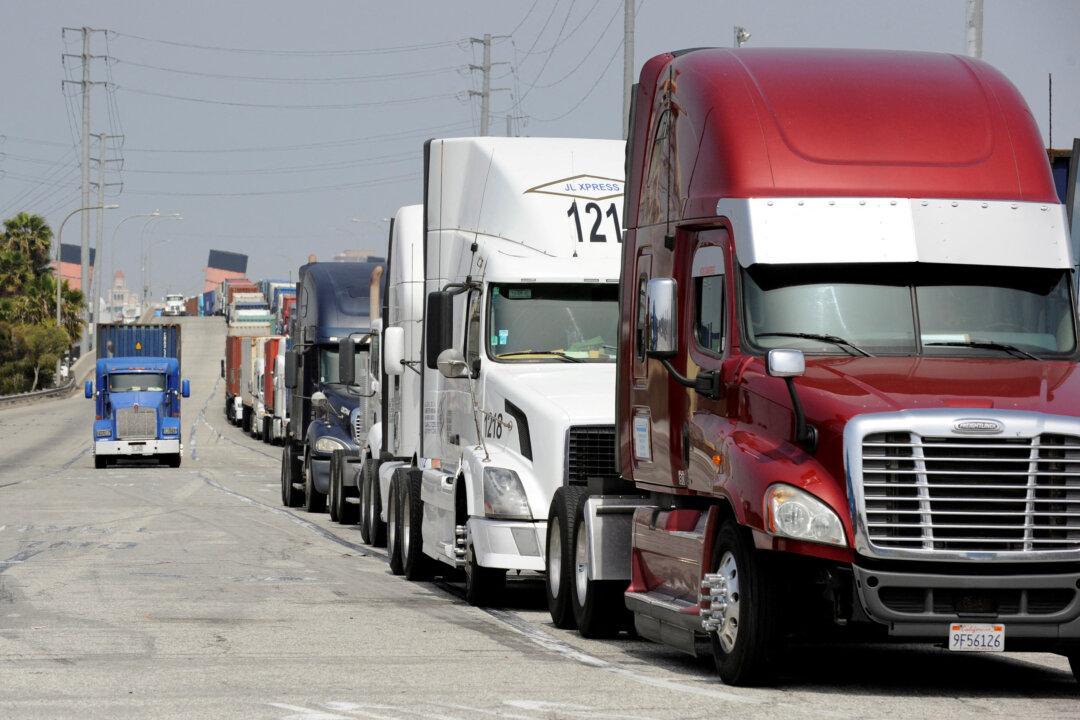The Federal Aviation Administration (FAA) asked Boeing to inspect a second of its plane models for potential safety hazards just weeks after it grounded the 737-9 Max model because of a midflight incident.
“As an added layer of safety, the Federal Aviation Administration (FAA) is recommending that operators of Boeing 737-900ER aircraft visually inspect mid-exit door plugs to ensure the door is properly secured,” the FAA said in a Jan. 21 statement.





